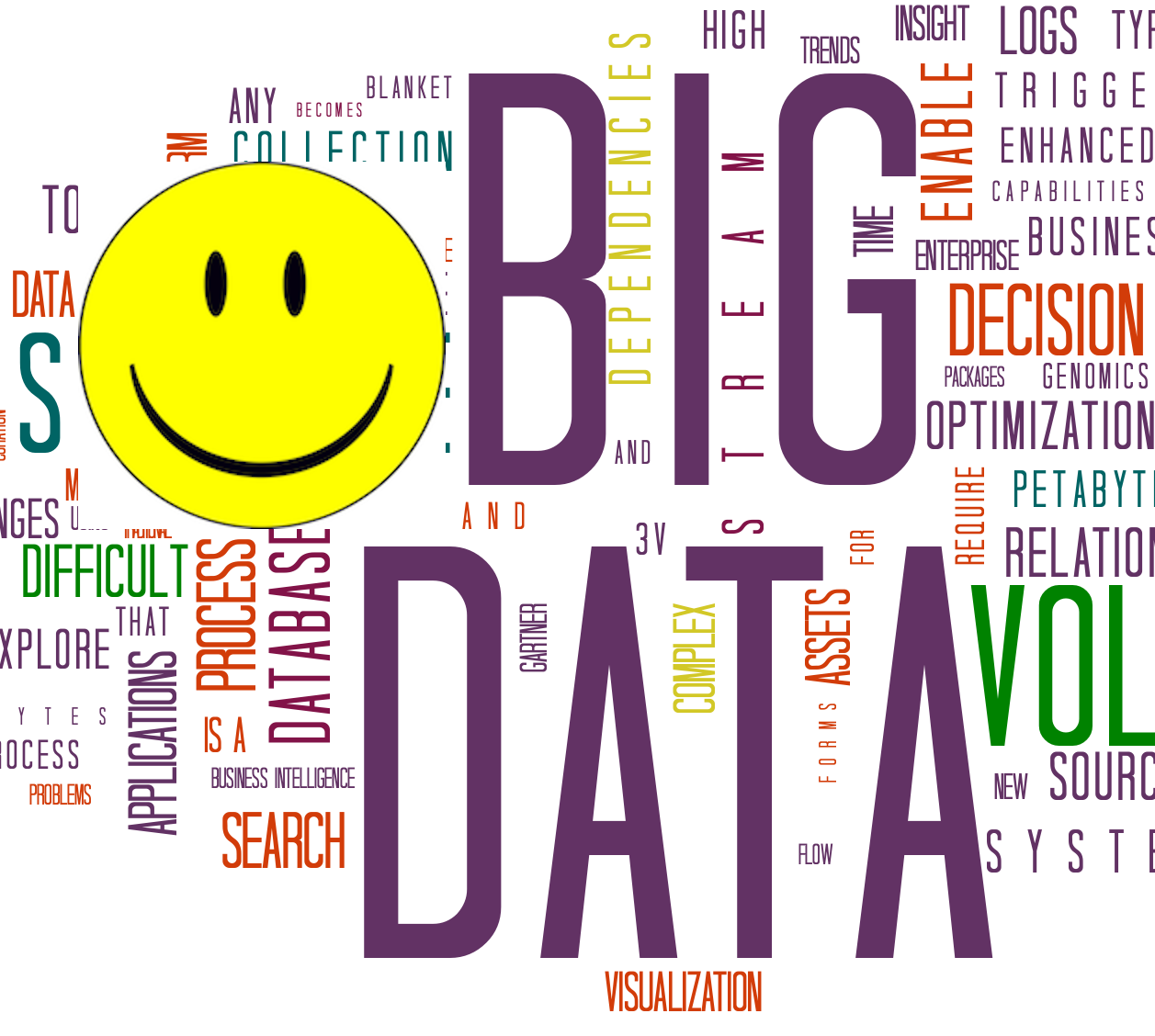 |
| By Mad Tatu (cropped) [CC BY-SA 4.0 (http://creativecommons.org/licenses/by-sa/4.0)], via Wikimedia Commons |
That observation is just an aside in his piece, but it struck a chord for me, for I've seen far too many media companies (and companies in other industries, for that matter) stumble down the primrose path when it comes to creating apps.
Gimlet Media, a start-up podcast production company, offered an interesting example a little while back, which they chronicled as an installment in their podcast series "Start Up" (episode #13, in this case.) Gimlet already has a small lineup of really good podcasts and was trying to figure whether they should make an important business shift and, instead of just producing content, create an app to deliver that content to listeners. (And potentially, to try to doing something even bigger and become "a platform." All the investors in Silicon Valley seem convinced that you can't just make whatever application it is you are trying to make but you must build a platform and even better an ecosystem—all the better for getting that hockey-stick hyper-growth.)
So the Gimlet team set about trying to figure out what their app should be, and they teamed up with Google Ventures to create a quick prototype, which they demonstrate in a cool video. In their design sessions, they narrowed in on the following ideas for what the app might do—its features, if you will:
- Let the podcast creators share content (like documents and visual artifacts) that they can't "show" in an audio-only podcast
- Provide a "talk to us" function to let listeners record their own stories
- Provide access to members-only content and allow people to purchase a membership
- Let listeners more easily support their favorite podcast by clicking a button to purchase the host's book or a sponsor's product without having to go to a web site and punch in a promo code (as you have to do with most podcast sponsors these days.)
The results are what we see all too often when it comes to apps. We start by deciding first that we want to build an app (or, our marketing people run into our offices and shout, "We have to have an app! Now!"). Then we try to figure out what the app should do, and when we start grasping for features, the natural tendency is to try to make it solve our own problems, not those of potential users.
What pressing needs of podcast listeners, after all, does the prototype app describe above solve? There are already plenty of apps (like the Podcasts app that comes free and pre-installed on iPhones) that satisfies the pressing immediate need of most podcast listeners. Are listeners really itching to look at "bonus content," especially of a visual sort? Are they really saying, "boy I wish I could record a story for these guys" or "I really, really want to buy one of those Harry's razors but typing in a URL and promo code is too hard?"
I doubt it. Most of these features seem aimed more at solving the problems not of the podcast listener but of the podcast creator ("I want to make money by having my listeners buy things through affiliate links and if it's easier maybe more people will do it.") Despite my best efforts, I can't come up with a podcast listener problem out there that's so pressing that someone would shell out even 99 cents for an app that solves it or even, in a world where so many dozens of apps already clog our smart phone screens, bother to download it for free.
Yet I see that again and again when media companies try to come up with a "game changer" app that's going to save their bacon. Like (speaking of bacon) the New York Times's Cooking app. The rationale for its existence? It provides "inspiration on what to cook" and "helps you find, save and organize recipes." But is that a problem that cooks really have these days on the Internet? I've certainly never heard anyone complaining about it, and Google (not to mention Pinterest) does a wonderful job of helping cooks find inspirations and recipes.
It all comes back to one of the fundamental principles of application design, and it applies whether that application is a big one for desktops and web browsers or a small "app" for tiny screens. You have to start first with a problem that needs to be solved and choose the proper approach (web, mobile-enabled web, device specific app) that bests suits the problem.
And if the main problem we are trying to solve is that "we need to make more money somehow" or "we just need to have an app," well, in the words of Mr. Klein, "Lol."



